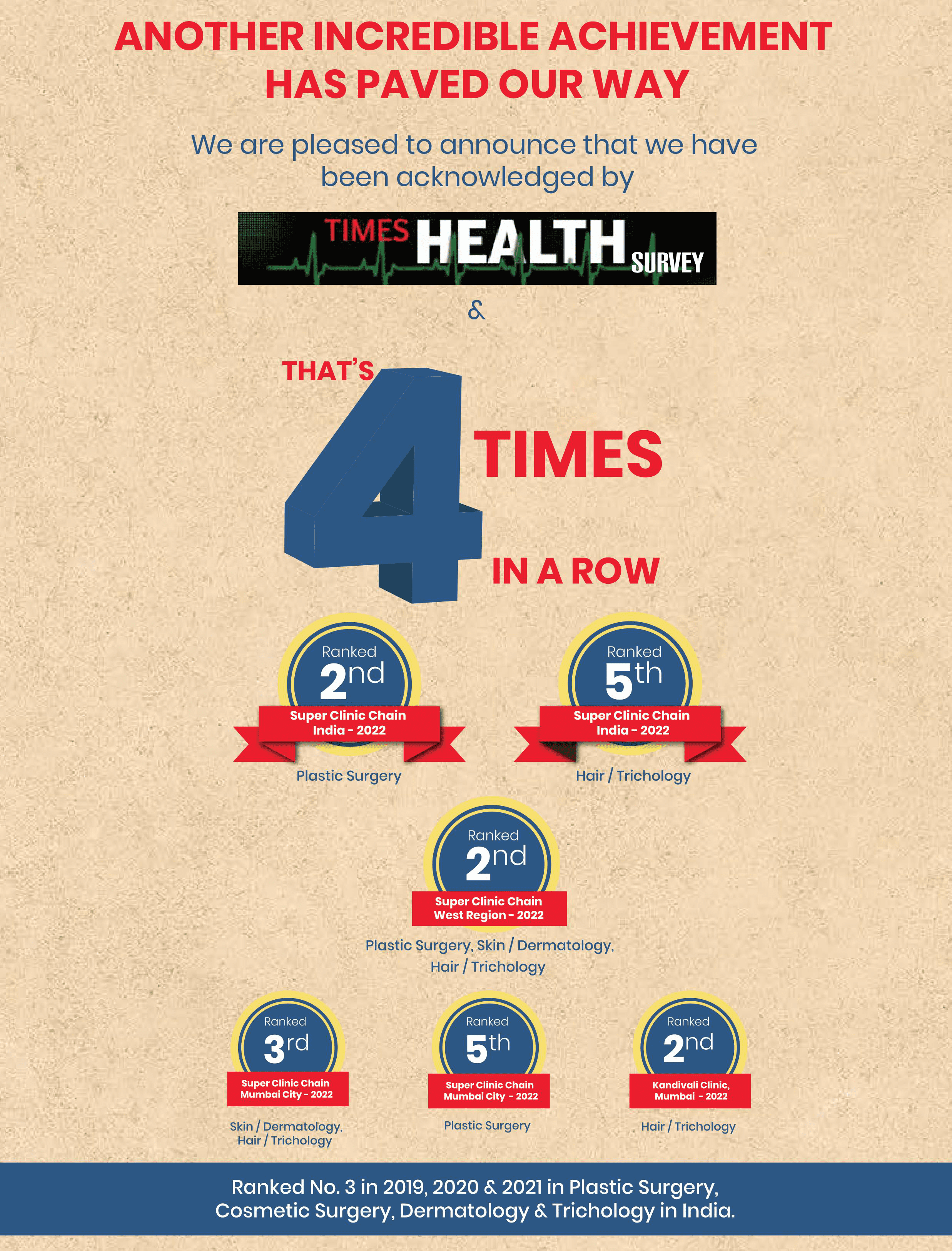Blepharophimosis syndrome is the term that describes a group of three congenital deformities that include blepharophimosis, ptosis, and epicanthus inversus syndrome (BPES). It is a rare condition that usually affects the eye and the ovary – but we will focus more on the effects it has on the eyes. Blepharophimosis causes the eyes of affected individuals to be narrow while the eyelids have a droopy outlook. Additionally, the skin of the inner eyelids of those with this syndromic disorder usually has a fold along the border of their upper eyelids. Owing to all these characteristics, affected persons find it difficult to open their eyes, and may even suffer poor vision quality.
Blepharophimosis is classified into two (groups) based on the parts of the body and gender that are being affected. As such, we have:
The notable signs and symptoms of blepharophimosis syndrome oculoplastic surgeons normally look out for before diagnosing and recommending (surgical) procedures to address include:
The manifestation of blepharophimosis has been attributed to genetic factors. More specifically, mutations in the FOXL2 (Forkhead Box L2) gene have been implicated in the development of blepharophimosis syndrome. The FOXL2 protein is known to play a significant role in the development of eyelid muscles, and the growth and development of ovarian cells.
In view of the foregoing, blepharophimosis syndrome can either be transmitted from a parent to the child or maybe as a result of the genetically induced spontaneous mutation taking place in the sperm cell or egg. And, as it were, it is one single copy of the mutated gene that is required for blepharophimosis syndrome to manifest – this is why it is regarded as an autosomal dominant disease. The risk of passing diseases amounting from mutation to foetus is reported to be 50%; in essence, there is a 50% chance that a parent having blepharophimosis syndrome will give birth to a baby showing signs and symptoms of the disorder.
On the first visit to the clinic to see the medical specialist for the treatment/management of blepharophimosis syndrome, the primary activities will be centred around conducting some examinations and making plans towards having a successful operation. It is also not uncommon to see surgeons asking to know the medical history of the patients – as would have been expected with standard surgical practices. Though there may be some tell-tale signs that point to blepharophimosis syndrome, it is expedient that the surgeon subject the patient’s visual acuity tests and other ophthalmic evaluations. All these will be done to establish if the patient is having blepharophimosis syndrome thereby allowing him/her to properly plan for the surgery. A date is subsequently set for the surgery and the surgeon gives instructions on how best to prepare for the operation.
The surgeries are normally done to address each of the disorders that contribute to the malformation of the eyelids. Though not so distinctive, there are two approaches that can be taken [by an oculoplastic surgeon] when correcting the defect resulting from blepharophimosis syndrome – it can be done either through single-stage surgery or multi-stage surgery. In the multi-stage approach, the protocols are done months or years after another while all protocols can be performed in simultaneous order in the single-stage approach. The timing of surgery is usually seen as being of great significance as per the attainment of appreciable aesthetics. Nonetheless, the expertise of a cosmetic surgeon can be very valuable when this operation is being performed.
The single-stage surgery for the correction of blepharophimosis consists of series of surgeries that include lateral canthotomy, medial canthoplasty, transnasal wiring for the shortening of medial canthal tendon, and frontalis suspension with fascia lata in that order. It should be emphasized that there is no consensus over the sequence these surgeries should follow; different surgeons may decide based on their discretion.
To begin with; the surgeon will mark the surgical areas and then have the anaesthesiologist administer general anaesthesia to the patient. He/she will then perform a technique known as lateral canthotomy with the objective of elongating the palpebral fissure, which is the space that exists between the inward parts of medial and lateral canthi. The tissue lining the inside of the eyelid will then be stitched to the eyelid. The surgeon now proceeds to perform the medial canthoplasty by making an incision around the (inner) corner of the eye in order to access the medial canthal tendon. With the excision of the skin muscles and underlying tissues, the surgeon is left with a rim of orbicularis, with the medial canthal area being vertically incised extensively into the periosteum. The surgeon then moves on to carry out the same sequence of procedural steps on the bilateral side, making a hole at a spot above the medial canthal tendon and across one side of the nose to the other. A surgical wire is then passed into the hole in such a way that a loop is formed – this is actualized on both sides. The fixing of the surgical wire, coupled with the tightening of the stitch towards the midline, ultimately sets the tone for the shortening of the medial canthus. Stitches are then applied to close up the incisions. The surgeon will then proceed to harvest a skin graft, fascia lata, from the thigh in order to perform the frontalis suspension of the brow. Stitches will be used to close up the incision, securing the graft therewith – these stitches will, however, be taken off one week after the operation.
The patients will be provided with some prescriptions by the attendant surgeon; these (medications) are to aid recovery. Likewise, the surgeon will lay out a follow-up routine where he/she will look to run some ophthalmic examinations on the patient. This will enable the (re)evaluation of the patient’s recovery and overall vision quality.
On the surface, the symptoms associated with blepharophimosis syndrome may not appear to be much of an issue. But then, the defect should not be taken lightly when it is apparent that the affected person’s visual quality is being affected. At such a moment, you will need to visit a clinic nearby to ensure a correction is done as quickly as possible – This is exactly where The Esthetic Clinics comes in. Treatment/management of blepharophimosis in India is guaranteed to be as highly effective as one might have thought to get from any top medical facility in the world. The reason is down to the state-of-the-art resources, as well as the best medical specialists – from oculoplastic surgeons to cosmetic surgeons – we have got at our clinic. On top of this, with Dr. Debraj Shome, India’s celebrity surgeon in the group, you are doubly assured of getting quality services that would leave you and your ward extremely satisfied.
The cost of a corrective procedure to manage the malformed eyelids evident in cases of blepharophimosis syndrome is incumbent on a host of variables. One of such variables is the severity of the patient’s condition which may determine the kind of treatment regimen that would be mapped out for him/her. Again, the age of the patient may be a factor to consider here as the need to have a cosmetic surgeon on hand may be increased as the natural regenerative capability [of the eye tissues] is reduced as the patient gets older. Summarily, the factors highlighted below will influence the overall cost of blepharophimosis syndrome treatment procedure:


Dr. Debraj Shome is Director and Co founder of The Esthetic Clinics. He has been rated amongst the top surgeons in India by multiple agencies. The Esthetic Clinics patients include many international and national celebrities who prefer to opt for facial cosmetic surgery and facial plastic surgery in Mumbai because The Esthetic Clinics has its headquarters there.






